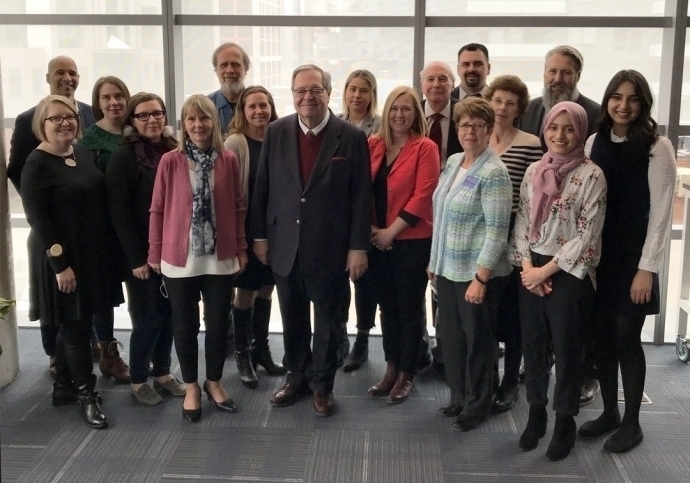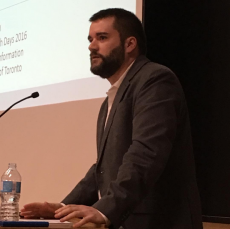Digital Preservation Program
On 11 April 2019, it was announced that the Ontario Jewish Archives, Blankenstein Family Heritage Centre's Digital Preservation Project is one of fifty-two projects funded by the Government of Canada's Documentary Heritage Communities Program through Library and Archives Canada (LAC). The announcement was made at the TIFF Bell Lightbox in Toronto. We are excited to be a successful recipient of the grant and grateful to Library and Archives Canada for their support!
What is Digital Preservation?
One of the main responsibilities of any archival repository is to safeguard the records in its care so that they remain accessible to future generations. The various activities undertaken to accomplish this goal fall under the heading of preservation. In the twenty-first century, most of the records being generated are digital, which means that archival repositories need to find ways to preserve digital records in addition to traditional, paper records. This is harder than it sounds! That's because digital records present a number of unique challenges, for example those presented by technological obsolescence. (Is anyone going to have the software to open a PDF file one hundred years from now?) Because we take our responsibility to safeguard the records of Ontario's Jewish community seriously, the OJA is undertaking a project to ensure that those records are accessible to the community for decades to come.
The project will be completed in two phases. The first phase involves hiring a digitial preservation consultant to help us craft a digital preservation policy, conduct an institutional review of our current digital holdings, liase with our stakeholders and develop a needs assessment, identify and select a repository system and any additional hardware and software needs, and implement (install and test) that system.
To make good on these deliverables, the OJA has hired Nathan Moles as its consultant. Nathan recently completed a PhD in information studies from the Faculty of Information, University of Toronto. His research interests are in the area of digital curation and preservation.
Once Nathan has completed his work, the OJA will then hire a digital archivist. The individual hired for this position will work with the system, identify workflows and ensure that all staff are well-trained in how to use the new digital preservation system.

